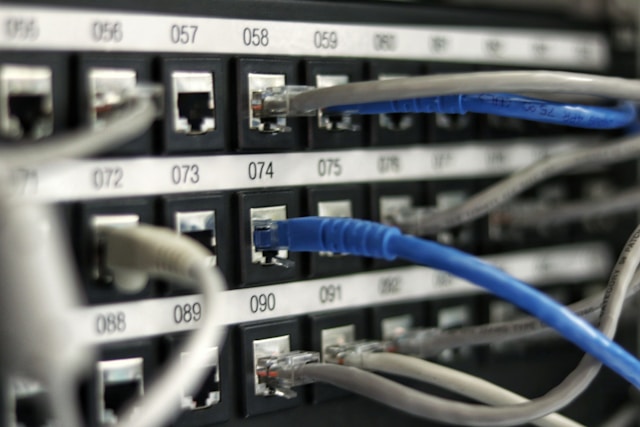Computer networks are the backbone of today’s digital international. It enables the communication of facts between computing structures, gadgets and servers, creating internet images. In this guide, we can provide an easy overview of how the Internet works, including the ingredients of the critical factors and approaches used in computer networks.
Key Computer Networking Accessories
Device
Devices together with computing structures, smartphones, capsules and servers are networked and form the concept of community. Each gadget has a unique identifier known as an IP cope that enables conversation between gadgets and online casino on https://www.casinoclic.com/fr
.
Routers
Routers are network devices responsible for routing and forwarding statistical packets within networks of one type. They determine the path for the transfer of records on principle, perform certain inexperienced transfers, and coordinate the sliding of statistics between devices.

Switches
Switches are gadgets that connect to many devices within a local area network (LAN) and allow them to communicate with each extraordinary one. They forward statistical packets to the exact destination based entirely on their MAC addresses.
Protocols
Protocols are a set of policies and requirements that govern how facts are transmitted, retrieved, and interpreted within a community. Some important protocols include Internet Protocol (IP), Transmission Control Protocol (TCP), and Hypertext Transfer Protocol (HTTP).
Data transfer
Data is transmitted in the form of packets, which are small pieces of records sent using the community. Each packet contains the IP address of the delivery and the destination in terms of the actual data being transmitted. These packets travel from the delivery device to the destination device through many routers and switches.
DNS
The Domain Name System (DNS) translates human domain names (like www.Instance.Com) into IP addresses. DNS servers maintain a database that matches domains with their corresponding IP addresses, allowing customers to benefit from accessing websites using domains in preference to specific IP addresses.
Internet Service Providers (ISPs)
ISPs offer community connections to people and companies. They act as a gateway between surrendering customers and the wider Internet infrastructure, ensuring that statistical packets are routed to their intended destinations.

Processes in notebook networks:
Addressing
Each tool associated with the community is assigned a unique IP address. IP addresses can be all IPv4 (32-bit addresses) and IPv6 (128-bit addresses) for discovering gadgets and their surroundings on the Internet.
Routing
When the device sends the information, the miles will be divided into packets. These packets are then sent through the community using routers and switches. Routers study the IP address of the vacation spot in each packet and determine the maximum green rate that will deliver it to the vacation spot.
Transmission Control Protocol (TCP)
TCP is responsible for the reliable transfer of information. It breaks records into packets, assigns serial numbers, ensures that packets are loaded in the correct order, and handles errors and congestion.
Hypertext Transfer Protocol (HTTP)
HTTP is a protocol used to exchange information about a website over the Internet. When a customer requests a web page on the Internet, their Internet browser sends an HTTP request to the correct server, which then responds with the requested records.
Safety
Security measures along with encryption and firewalls protect information as it travels through the network. Encryption ensures that statistics are transmitted securely, while firewalls facilitate and manage the online traffic of community websites help you save unauthorized access and defend against threats.
Conclusion
Computer networks are the complex system that makes the Internet paint. Understanding the simple components and methods involved in computer networks is important to understanding how records flow within a community. By connecting gadgets, routers, switches, and servers, the computer community guarantees effective verbal exchange, record rotation, and the right to access global network statistics.

